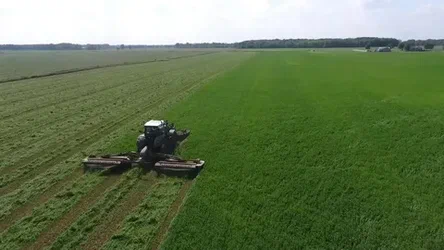West Coast heat spike affects row crops, leading to potential market disruptions
\Recent heatwaves across the West Coast have raised concerns about the availability and quality of various fruits and vegetables. The high temperatures experienced last week are expected to cause issues with shelf-life and quality control for certain produce, affecting market dynamics and consumer supply.
Heatwave Effects on Crop Quality
A significant heat spike has hit the West Coast, leading to expected quality and availability problems for a range of fruits and vegetables. This includes row crop vegetables such as lettuce and cabbage, which are particularly sensitive to extreme temperatures. The heat can cause these vegetables to wilt or become discolored, reducing their market appeal and shelf-life.
Specific Produce Affected
1. Lettuce: The heat can lead to bolting, where the plant prematurely flowers and goes to seed, making the leaves bitter and less desirable for consumption. Additionally, high temperatures can cause tip burn, where the edges of the leaves turn brown and dry out.
2. Cabbage: Cabbage may split or develop internal breakdown due to the heat stress, affecting both its appearance and structural integrity. These issues can make it less suitable for sale and storage.
3. Mixed Berries: Berries such as strawberries, raspberries, and blackberries are particularly vulnerable to heat damage. Excessive heat can cause the berries to soften, spoil faster, and suffer from sunburn, reducing their shelf-life and marketability.
4. Pears: Pears can develop sunscald, which manifests as leathery, sunken areas on the fruit. This not only affects the visual appeal but also can impact the texture and taste, leading to reduced consumer demand.
Market Implications
The anticipated quality issues from the heatwave are likely to lead to fluctuations in availability and pricing. Retailers may face challenges in maintaining a consistent supply of high-quality produce, leading to potential gaps on supermarket shelves. This situation might also force consumers to adjust their buying habits, seeking alternatives or dealing with lower-quality produce.
Quality Control and Shelf-Life Management
In response to these challenges, stakeholders in the produce supply chain, including farmers, distributors, and retailers, need to implement stricter quality control measures. This includes monitoring produce closely for signs of heat damage and adjusting storage conditions to extend shelf-life as much as possible. Educating consumers about the effects of the heatwave and how to manage their produce at home could also help mitigate some of the negative impacts.
Error




